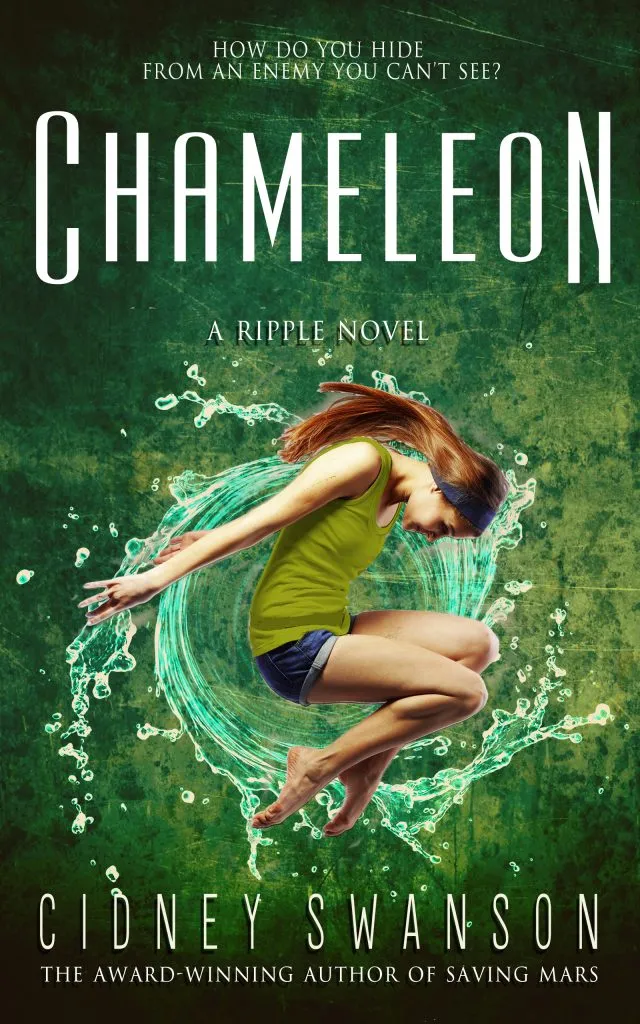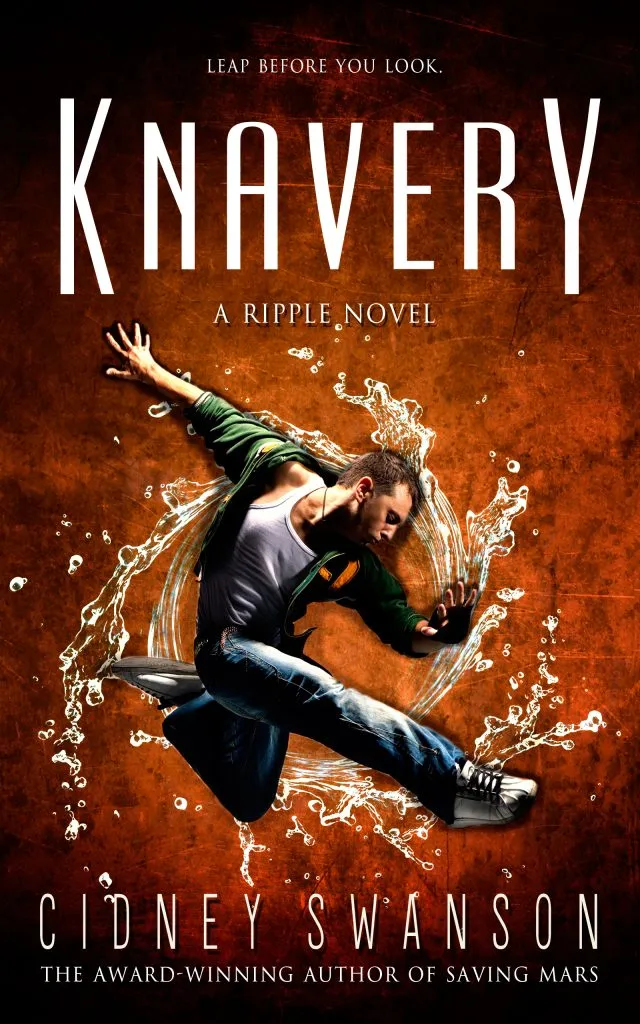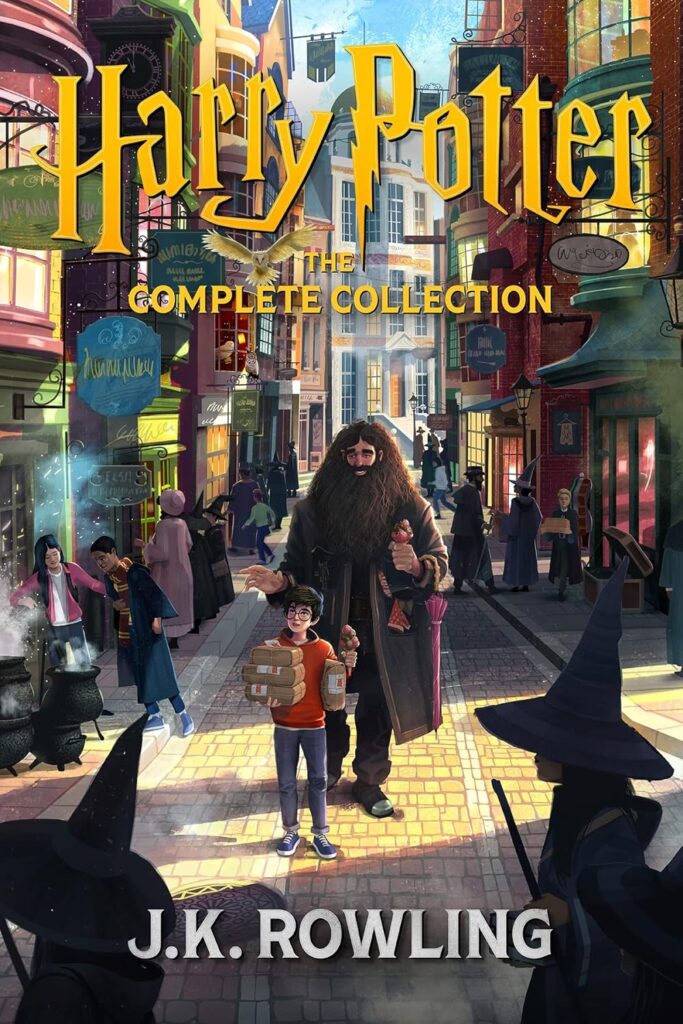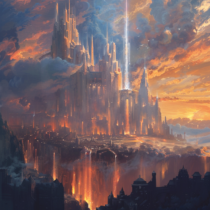Author Spotlight: Cidney Swanson

Author Spotlight: Cidney Swanson
HELLO Beardies,
A few weeks ago, Elizabeth emailed me with the name of an author whom she knew through her work at the library. Without knowing it, Elizabeth had already corresponded with the author to see if she would be open to an interview for the blog… to which the author graciously agreed.
In conjunction with this upcoming Author Spotlight, Elizabeth wrote a wonderful review of The Ripple Trilogy, authored by our guest today, Cidney Swanson. (For those of you who do not remember Elizabeth’s Book Spotlight on The Ripple Trilogy, please check it out as soon as you get a chance.)
ABOUT CIDNEY
CIDNEY SWANSON grew up within spitting distance of the central California foothills and learned to drive on the crazy highways linking gold rush ghost towns. She began her first novel at age eight; it started with “Ouch,” and she’s enjoyed creating painful situations for her characters ever since. Cidney worked as a costume designer, clothing designer, and kitchen gadget salesperson prior to giving it all up for literature. Cidney lives in Oregon’s Willamette Valley with her husband, three kids, a dog and two cats, and entirely too much rain.
THE INTERVIEW
Joshua A. Mercier: You have two blogs—your personal blog and one titled The Writer’s Voice—could you tell the readers at The Bearded Scribe a little more about each of them?
Cidney Swanson: I’m a contributor over at The Writer’s Voice, a blog where several young adult authors post. On my own blog, I tend to write a couple of posts a month on something that moves me. Wow. That sounded vague. Here’s another try: when I find myself getting shivers from an experience that has to do with reading or writing, I usually end up blogging about it.
Joshua A. Mercier: Would you consider writing a guest post on The Bearded Scribe at some point?
Cidney Swanson: Of course! In addition, you can always request to re-post an earlier post of mine if you think your readers would find it interesting.
Joshua A. Mercier: At what age did you begin writing?
Cidney Swanson: I began writing fiction as soon as I learned to write words, right around age seven. I have no idea why. No one in particular encouraged it, but I loved reading and I’m guessing that inspired me.
Joshua A. Mercier: What is your favorite book? Your favorite fantasy/speculative fiction book?
Cidney Swanson: Really? Favorite, like, favorite??? I’m totally cheating and answering with more than one title. *grins evilly*
If I could only have one book for the rest of my life, I would pick Lord of the Rings. My favorite books that I’ve read more recently would be Laini Taylor’s Daughter of Smoke and Bone and Maggie Stiefvater’s The Scorpio Races.
Joshua A. Mercier: For me, it was Bridge to Terabithia… was there a particular book that hooked you into the fantasy genre?
Cidney Swanson: It was actually Star Trek (the original series) that hooked me into speculative fiction. I read science fiction looking for something similar, but I was often disappointed. Interestingly, when I discovered The Chronicles of Narnia and the Lord of the Rings within twelve months of each other, it felt like “coming home” for me. Those books converted me into a fantasy reader.
Joshua A. Mercier: It’s funny that you mention The Chronicles of Narnia, actually. It was what made me realize that there were other great fantasies out there. Shortly after reading Bridge to Terabithia, a professional acting group visited my elementary school and performed a dramatic adaptation of The Lion, the Witch, and the Wardrobe. After that, I think I was not only hooked, but also the subconscious decision to become a writer had manifested in my head, even at that young of an age.
Do you only write in the fantasy genre?
Cidney Swanson: So far, all of the novels I have completed have had fantastical elements to them. I enjoy reading contemporary young adult fiction, but I don’t seem to be driven to write it myself. Unless there is something speculative involved in the writing, I don’t tend to stick with it. That probably won’t change any time soon, given the number of books clamoring (from inside my brain) to be written.
Joshua A. Mercier: As an aspiring fantasy author trying to shop his first manuscript, could you tell me how many agents you sent query letters to before you received a “yes” from one of them? Also, how long did the process take?
Cidney Swanson: I am currently un-agented and self-published. But I was looking for an agent once upon a time. Here’s how my process went: I chose two dozen agents that I thought I might work well with. I only received a handful of outright rejections. Most said, “What else have you got?” or “It’s good, but I think this would be tough to market.” That process took about two years. Meanwhile, I wanted to quit my day job and write full time. So, I set aside querying in favor of publishing The Ripple Trilogy myself. That was one year ago. I’m making a living as a writer at this time.
I certainly wouldn’t be in this position if I had continued to query without taking a break to polish and publish. I’ve owned a couple of businesses, so I looked at this very much from a business standpoint asking: how can I achieve my goal of writing for a living? Self-publishing was a very good option for meeting that goal. Now I am about to jump back on the query-go-round with a couple of new manuscripts in hand.
The main problem with the query process is that it moves at the pace of a banana slug. On a very hot day. On an abrasive surface. Agents are under tremendous pressures now with the flux in the publishing industry. Their first responsibility must be to existing clients. They read queries and manuscripts in their free time! (Meaning, when the rest of us would be sipping sweet tea or going to the movies.)
The query process is a very lengthy one made even longer by the fact that it is accomplished during someone’s “non-work” hours. I’d say it is typical to get a first response after 3-6 months. If an agent asks for a couple of chapters, you’ll probably hear back on those in 2-4 months. If they ask for a complete manuscript, allow another month or two. They may request revisions before deciding. This should take you a couple of months. Then they will need a couple of months to get back to you. Are you starting to see a pattern? We’re well over 15 months at this point from when you first sent something off. Of course, everyone’s journey is different, but 15 months before a final answer is probably fairly typical. Unless it is a no, in which case, only 3-6 months would be normal.
Joshua A. Mercier: What was your inspiration for The Ripple Trilogy?
Cidney Swanson: I had an image in my mind of a teen girl sitting beside the Merced River (by Yosemite.) As I “gazed” at her, she disappeared. She didn’t notice she had turned invisible. I had to know why (1) she turned invisible and (2) she didn’t even notice it had happened.
I mean, wouldn’t you notice if you turned invisible?
Joshua A. Mercier: I would like to think that I would notice, but who’s to say for sure. Then again, we all feel a bit invisible at times, don’t we?
Have you received any optioning rights for film adaptations for the Trilogy?
Cidney Swanson: No. But whenever my daughter asks for an iPhone or other expensive item, I tell her, “Okay, as soon as I get my movie optioned.”
Joshua A. Mercier: Are you currently working on any new projects?
Cidney Swanson: Yes. Several. (How coy of me!) But seriously, I have a sci-fi trilogy and a stand-alone about ballet and goblins. I have a couple of other things in the works as well, but they don’t have complete first drafts yet.
Joshua A. Mercier: Elizabeth just did a Book Spotlight on The Ripple Trilogy and she focuses on the techniques (or gems) that other writers can take away from reading the specific titles she reviews. Are there any other tips or techniques you would like to share with The Bearded Scribe‘s readers—especially fellow writers—which they can use in their own writings?
Cidney Swanson: Read, read, read. Put sticky-note flags next to sentences or paragraphs that move you as you are reading. Later, go back and analyze what the writer did. Do exercises where you try to recreate that in your own style. I did an MFA many years ago where my art profs had me copy the masters in drawing and painting. I think writers can do the same thing to great benefit.
Joshua A. Mercier: Could you describe your writing process for the readers of The Bearded Scribe?
Cidney Swanson: Sure! I write six days a week, in the mornings when my inner editor is groggy. That way the creative stuff is flowing pretty well. When I approach a new project, I will generally create a loose outline with a very definite “this is what happens at the end” in mind. I find that I need to know which direction I am driving, as it were.
I write out my first drafts at a pace of right around 2,000 words/day. Sometimes I’ll hit a 4,000- to 5,000-word day, and those are great, but many days I struggle to get those 2,000 out. I write anyway. Even when it feels like pulling teeth. I’ve found the muse only shows up if I do.
After I’ve completed a first draft, I set it aside for one to two weeks. Then I clean it up a bit and let my editor have a look. My editor does a “big picture” pass over it, suggesting where I need to pick up the pace or describe things more clearly. This is more of the “story development editing” that you may have heard of.
Afterwards, I go into a revisions phase where I am still focused on the big picture: what scenes need to go buh-byes, what additional scenes I need to write. Then I set it aside for another two weeks or so and look it over again, cleaning up obvious errors. If I am still feeling uncertain about the overall story arc, I may ask that same editor to look it over again.
Once I have a storyline that feels nice and solid, I get to do my two favorite passes through the manuscript! I do one pass looking at each page as a separate unit in completely random order. When I read the single page, I am looking for one bright sparkling bit of something: a moving description or something humorous or a really lovely metaphor or a sentence that I could just dive into and live off for the next six months. Well, those are my goals, anyway. If the page doesn’t have any of the above, I work it and tweak it, asking myself where it needs something really yummy, where that bright bit might fit in. Ah. There. I feel happier just talking about that process.
Lastly, I do a line edit searching for word repetition, misspellings, weak verbs, any adverbs I can get rid of, and so on. That is also deeply fun, for me. After this, it goes to a line editor, and after I fix the line edits, it goes to a copy editor.
You’ll notice I have several weeks of “down-time” when a manuscript is either out of my hands or when I choose not to look at it so that I can come back to it with fresher eyes. During these periods, I work on another manuscript.
Joshua A. Mercier: Wow! Thank you for that! I am sure my readers are going to love that you were so detailed when describing your process!
Is there anything else that you would like to share with The Bearded Scribe‘s readers that I did not ask you?
Cidney Swanson: Um. Hmm. If you haven’t read Laini Taylor’s Daughter of Smoke and Bone, you should totally run to your library or bookseller and get a copy. Did I mention that I loved that book? Oh. I already said that?
Seriously, though, thanks so much for spending some time with me. I feel so fortunate to be doing what I love for a living, and that wouldn’t be possible without readers. ¡Gracias!
CONCLUSION
THANK YOU, Cidney, for taking the time out of your busy schedule to sit down and share your answers with me and the readers of The Bearded Scribe. It has been a pleasure conversing with you over the past few weeks, and yours is a talent that deserves spotlighting.
MORE ABOUT CIDNEY
FOR more information about Cidney, or to read her delightful musings, you can visit her website. You can also follow her on any of the following social media links:
TO purchase any of The Ripple Trilogy titles, simply choose your desired format from the dropdown menus and hit “PURCHASE” button to be redirected. We promise that you won’t regret the purchase!
UPDATE: Since the original posting on the inaugural site, there have been FOUR additional books released within the series: Visible, Immutable, Knavery, and Perilous.
Until next time—Happy Scribing!
























